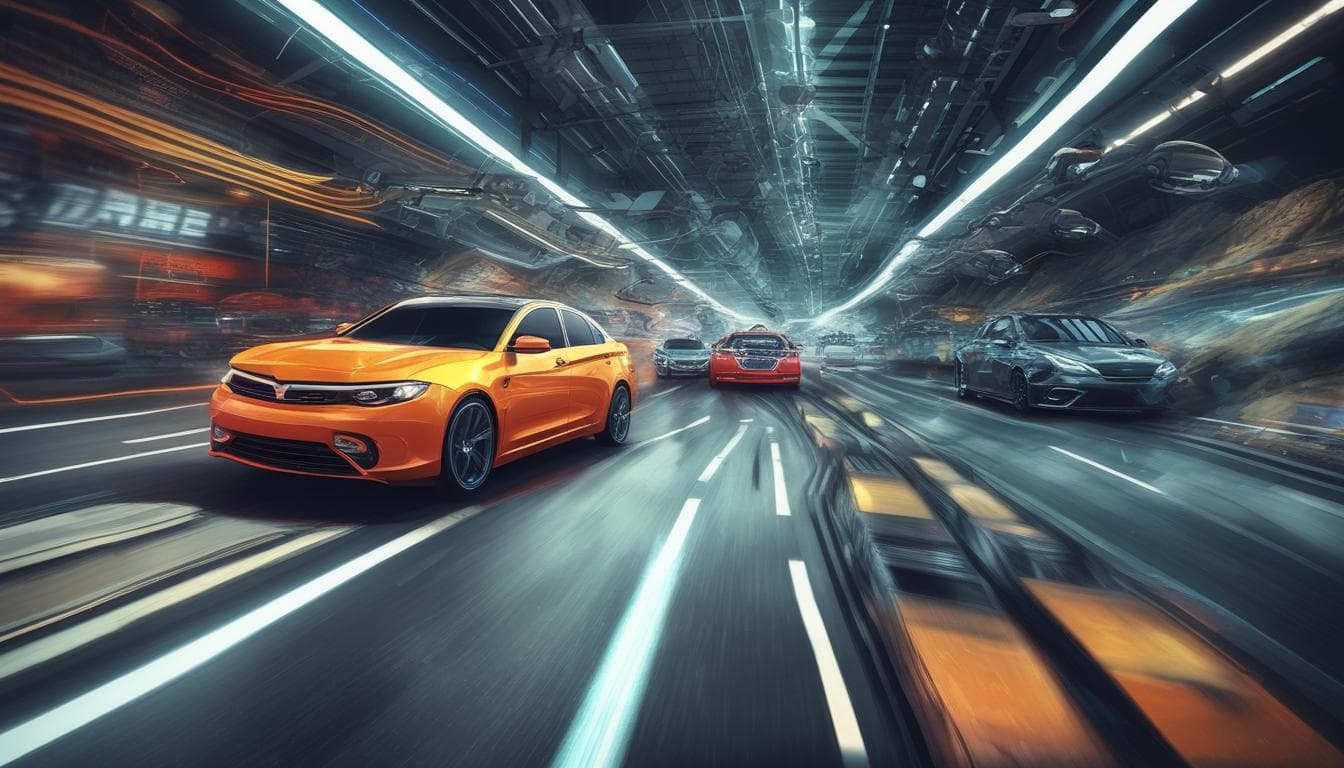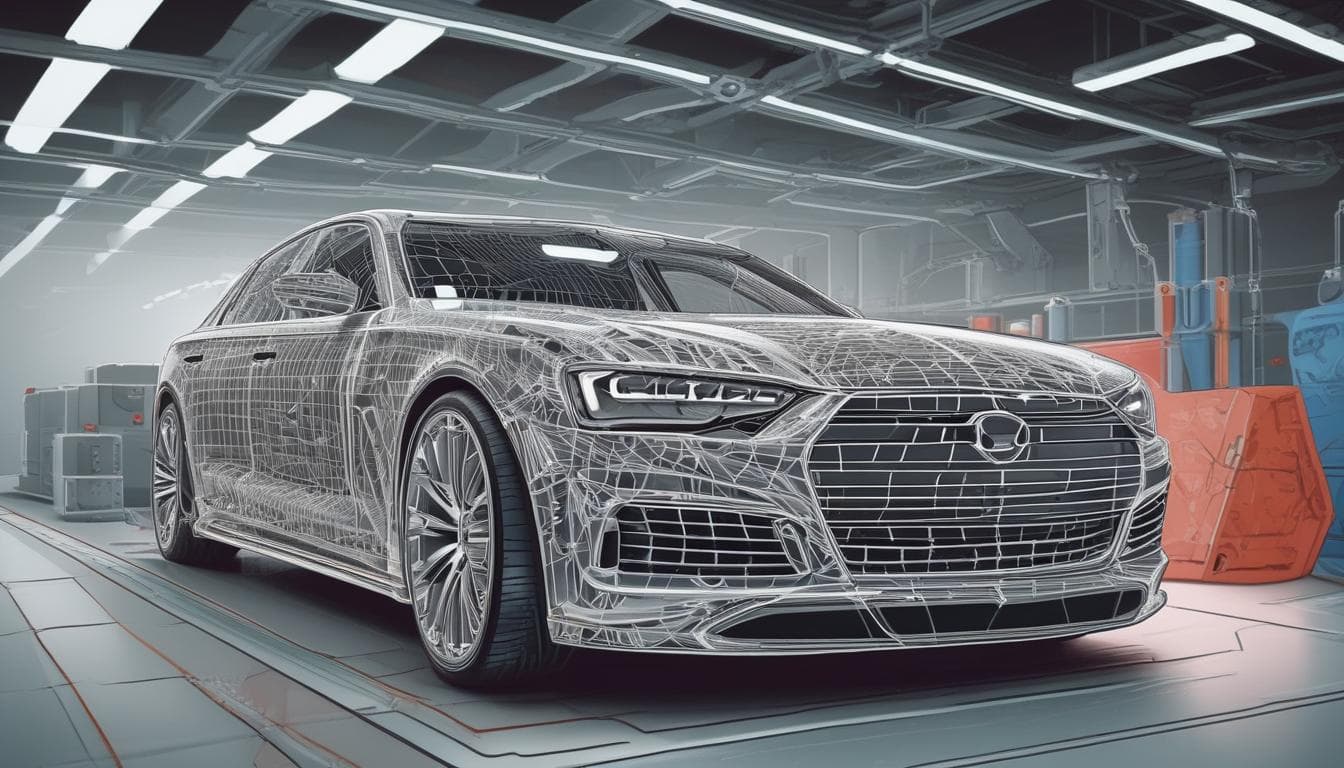With the increasing integration of AI in vehicles, how do you envision the future of automotive cybersecurity evolving? What innovative security measures will be necessary to protect not only our data, but also the physical safety of drivers and passengers from potential cyber threats?
That's a crucial question, and it's clear that automotive cybersecurity will be radically different in the age of AI. The stakes are much higher now, going beyond just data breaches to potentially impacting physical safety. Here’s how I see it evolving:
The Challenge of AI-Driven Vehicles
- Increased Attack Surface: With more AI integration, the attack surface expands significantly. Every sensor, every connection, every algorithm becomes a potential entry point for malicious actors.
- Sophisticated Threats: We'll likely see more advanced, AI-powered cyberattacks that can learn and adapt, making traditional security measures less effective.
- Real-Time Vulnerabilities: Unlike traditional software, autonomous systems require real-time security monitoring and response, as even a brief compromise could have serious consequences.
Innovative Security Measures
- AI-Powered Intrusion Detection: Just as AI is used in attacks, it can also be used for defense. AI can detect anomalies in system behavior far faster and more accurately than humans or traditional systems. This includes real-time analysis of sensor data, network traffic, and code execution.
- Zero-Trust Architecture: Moving away from the idea that anything inside the vehicle’s network is inherently safe, we’ll need a zero-trust model where every component, user, and connection is verified before access is granted. This means micro-segmentation and strong authentication.
- Secure Over-the-Air (OTA) Updates: Regular software updates are essential for patching vulnerabilities, but these updates themselves need to be secure. Think of end-to-end encryption and integrity checks to prevent malicious code from being injected.
- Hardware-Based Security: Moving crucial security functions down to the hardware level makes it far more resistant to software attacks. This could include trusted platform modules (TPMs) and secure boot processes.
- Blockchain for Data Integrity: Blockchain technology can ensure that data from sensors and other components is tamper-proof, offering a reliable way to verify the integrity of the system's state. You can explore how blockchain is revolutionizing the automotive industry to learn more about this.
- Ethical Hacking & Penetration Testing: Regularly subjecting systems to rigorous penetration testing by ethical hackers will be crucial for identifying and fixing vulnerabilities before malicious actors can exploit them.
- Collaborative Security: The automotive industry needs to share threat intelligence and best practices to create a robust and coordinated defense against cyber threats. The convergence of EVs and IoT further complicates the security landscape and requires a unified approach.
The Human Element
- Driver Education: Drivers need to be educated on the risks of cyberattacks and how to spot potential threats. This includes avoiding suspicious devices and connections.
- Clear Communication: Manufacturers need to be transparent about the security measures they are taking and any potential risks. Open communication will build trust and allow drivers to be informed.
In conclusion, automotive cybersecurity in the age of AI will be a complex and constantly evolving challenge. It requires a multi-layered approach combining AI-driven security, robust architecture, and a proactive security culture. The future of driving, and in particular, the evolution and impact of advanced driver-assistance systems (ADAS) will depend on how well we address these challenges.
Esplora di più su questo argomento
Unisciti alla conversazione
- Auto connesse: come cambierà la guida in Italia?
Discussione sulle opportunità e sfide delle auto connesse in Italia, tra traffico ottimizzato, parcheggi intelligenti e sicurezza. Quali impatti sull'industria automobilistica italiana?
- Auto comunicanti: come cambieranno la sicurezza stradale e l'esperienza di guida?
Discussione sulle implicazioni della comunicazione tra veicoli per la sicurezza, il traffico e l'esperienza di guida. Scenari futuri e cambiamenti nel modo di vivere l'automobile.
- Auto che comunicano: come cambierebbe la guida in Italia?
Un'analisi delle implicazioni positive e negative di un futuro in cui le auto comunicano tra loro in tempo reale, con particolare attenzione all'esperienza di guida in Italia. Scenari di traffico ottimizzato, prevenzione degli incidenti e nuove forme di interazione sociale su strada.





